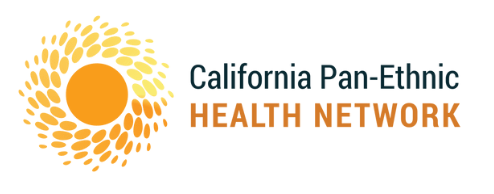In order for CPEHN and other health advocates to promote policies that effectively reduce disparities, we need as much information about our communities’ needs as we can get. Unfortunately, we often lack the data to really illustrate disparities within racial and ethnic groups, which is why collection of disaggregated data in the health care system is one of CPEHN’s policy priorities.
Asian and Pacific Islander (API) communities, especially, are extremely diverse and each population has different experiences and needs. To get an idea of how some of these API communities have fared since the implementation of the Affordable Care Act, the National Council of Asian Pacific Islander Physicians, led by former CPEHN Board member and former President/CEO of the Asian & Pacific Islander American Health Forum Ho Luong Tran, M.D., M.P.H., has issued a detailed report, The Impact of the Affordable Care Act on Asian Indian, Chinese, Filipino, Korean, Pakistani, & Vietnamese Americans. This report looks at both access to care and some key social determinants of health (including income and education) at the national level to get a better understanding of disparities within these ethnic subgroups. Since California has the largest population of most of these API subgroups, and roughly one-third of the nation’s total API population, the report also includes statewide data to help us promote health equity in our state.
The report finds that certain API subgroups have uninsurance rates that are much higher than the national average of 14.5% for adults. In particular, Pakistani (20.9%), Korean (20.5%), Cambodian (18.9%), Vietnamese (18.5%), Micronesian (18.3%), and Bangladeshi (18.2%) all rank in the top 10 ethnic subgroups with the highest uninsurance rates. Going deeper, 30% of the country’s Korean population lives in California, with the city of Los Angeles representing the largest local population in the U.S. The data in this report finds that Koreans in Los Angeles have a staggering uninsurance rate of 31.5%. This is the type of data that can be useful in developing targeted outreach and enrollment strategies in these communities to increase enrollment in public programs like Medi-Cal and Covered California.
Language needs also vary depending on the subgroup population, but the report found that 8 of the top 10 populations with the highest rates of Limited English Proficient (LEP) individuals were Asian subgroups. While the LEP rate for the general U.S. population is 8.5%, the aggregate rate across all Asian subgroups is nearly one-third (30.6%). Vietnamese (47.9%), Bangladeshi (42.8%), Hmong (40.5%), and Chinese (40.1%) have the highest LEP rates.
The report found that there is a serious lack of in-language materials and assistance for LEP, uninsured, and immigrant API communities. While they do note that Covered California has materials translated into several API languages, other states and the federal government are not up to that standard. To address some of these inequities, the report issued the following recommendations:
- Recognize and address the large health insurance related disparities that exist among Limited English Proficient, less educated, low income, or immigrant Asian Americans, Native Hawaiians, and Pacific Islanders.
- Support more in-language and bilingual resource development to facilitate health communication for Asian Americans, Native Hawaiians, and Pacific Islanders.
- Make disaggregated enrollment data available to improve data monitoring for access to care for Asian Americans, Native Hawaiians, and Pacific Islanders.
CPEHN will continue working on efforts to improve collection of disaggregated data here in California. Reports like this one help show how important this data is and how useful it can be when investigating disparities within ethnic groups that are typically lumped together as one population.

